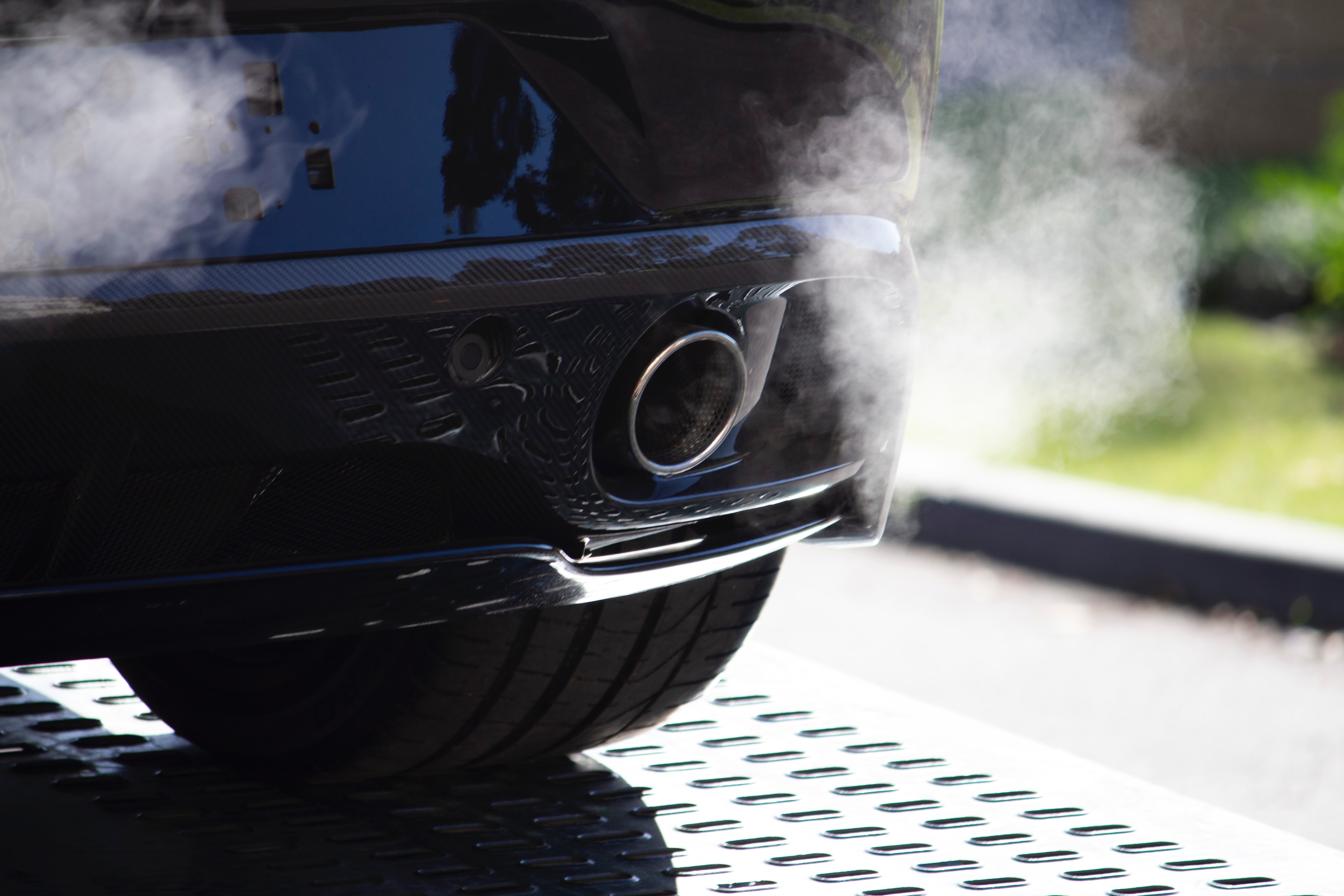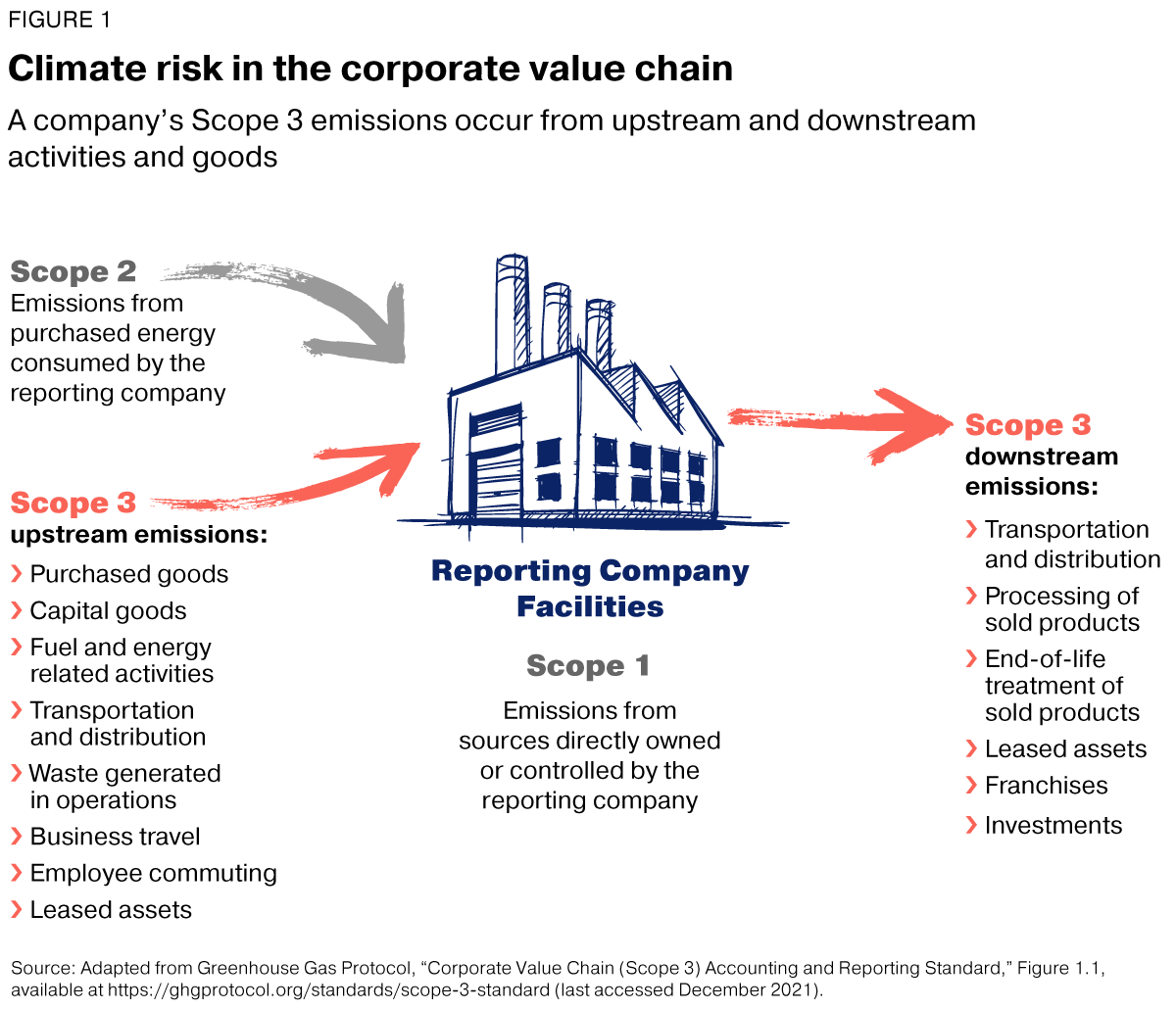That’s a major problem—because, for the vast majority of companies, most of their emissions are Scope 3 emissions. If the SEC’s climate disclosure rule intends to give investors the information they need to effectively evaluate a company’s overall contribution and vulnerability to climate change, it must require companies to disclose their Scope 3 emissions.
So, what exactly are Scope 1, 2, and 3 greenhouse gas emissions and why should they be mandatory to disclose under this rule?
Put simply:
- Scope 1 emissions are what a company creates in its own operations.
- Scope 2 emissions are from the generation of purchased energy.
- Scope 3 emissions are what a company causes upstream or downstream through its products or services.
Let’s dig in a bit—Scope 1 emissions are direct emissions from sources owned or controlled by a company. Let’s use an oil company as an example. This would include emissions from the vehicles, boilers, and furnaces they own and operate directly as part of their operations.
Scope 2 emissions are the emissions generated from purchased electricity a company uses. Continuing the oil company example, these would be emissions from the electricity the oil company uses to power its facilities. If they purchase power from a coal plant, the emissions produced to meet the facility’s power needs would be considered Scope 2.
Scope 3 emissions are all other emissions associated with a company’s activities. These are often referred to as “upstream” and “downstream” activities. One major downstream activity for an oil company is the burning of the oil they sell for people to do things like drive a car or fly a plane. But because the oil counts as a “sold good,” and when it’s burned it’s out of the company’s hands, these emissions are categorized as Scope 3 and would go unreported under the SEC’s proposed rule. That just doesn’t make sense.
As Nate Aden, a senior fellow at the World Resources Institute, put it to Grist, “It’s like you had a cigarette manufacturer and they’re saying, ‘Well, our production processes are very healthy, no one’s lungs are damaged when we make cigarettes, and the thing that we put out there isn’t hurting anyone. It’s just when these people go and light it on fire… that’s when it damages them.’”

